Obtaining a permit is a crucial step when removing load-bearing walls. Ontario requires permits and compliance with the Building Code when removing or modifying a building’s structural support system. Kingswood Engineers Ltd. manages the permit approval process for you, taking you from planning and design right up to construction with your preferred contractor. We have extensive experience with the Ontario Building Code and local regulations in Oakville, Brampton, Mississauga, Hamilton, and Etobicoke.
We manage all structural drawings, documentation, and the permit approval process. Experienced engineers prevent delays, rework, and other setbacks.
Ensure a smooth project with safe load-bearing wall removal when you work with our team.

“We recently had the pleasure of working with Kingswood Engineers, specifically Igor, who came to our house to assess the removal of a wall. From the outset, Igor’s professionalism and courtesy were evident. He conducted the measurements swiftly and efficiently, and the calculations were done in no time. The drawings provided were thorough and detailed. Additionally, Kingswood Engineers took care of the city permit application process on our behalf, making the entire experience seamless. Overall, I highly recommend Kingswood Engineers for their expertise, efficiency, and excellent customer service.”
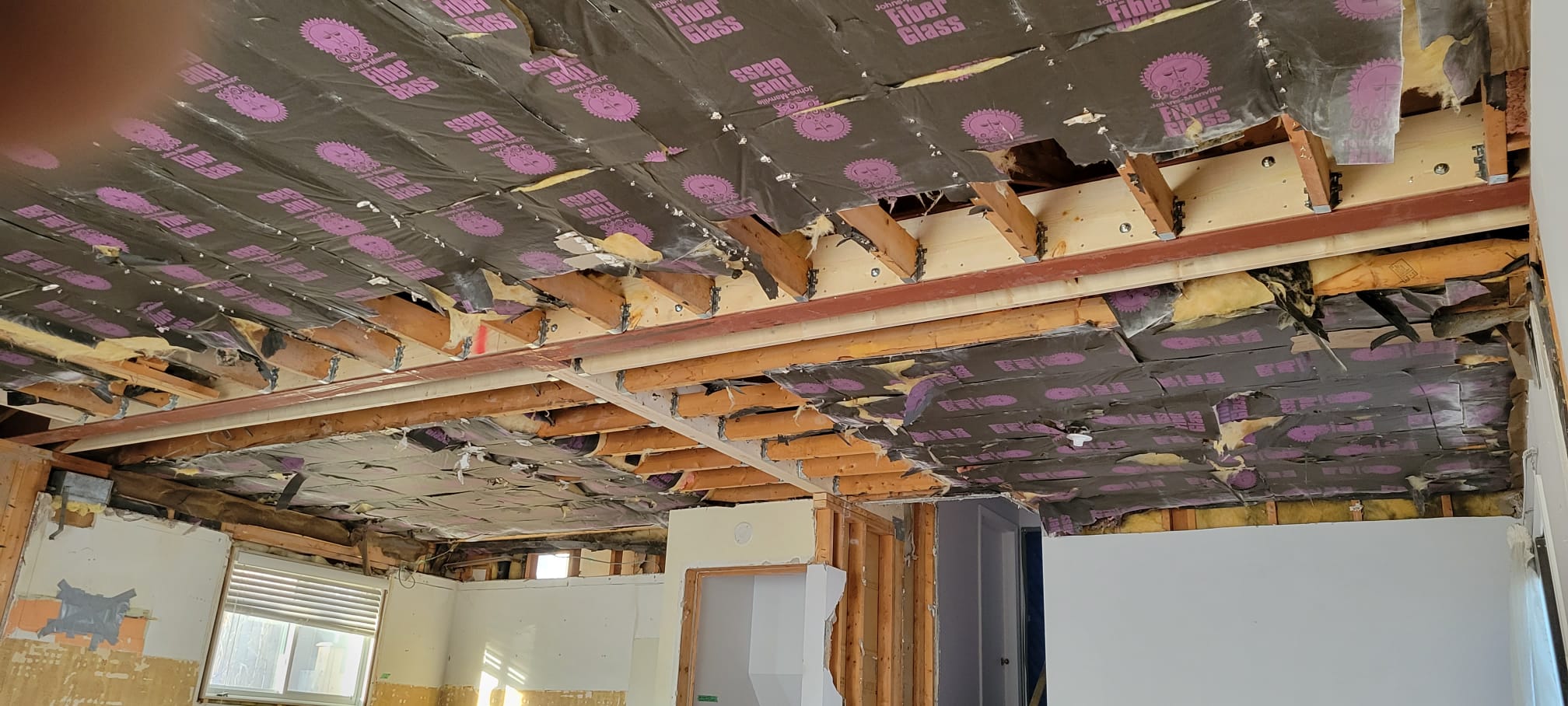
Careful assessment ensures safety when you remove a load-bearing wall. Support is redesigned to suit structural and compliance requirements.
As an integrated team, we manage all design, engineering, and permit approval elements when you remove a load bearing wall. We can recommend contractors in your area and can consult with your project manager to offer support during construction and the final inspection.
Various options can provide support and help redistribute the structural load after removing load-bearing walls.
More solutions are available depending on budget and structural needs. You can learn more about your options for load redistribution and reinforcement when you remove a load-bearing wall with our architectural design and engineering service.
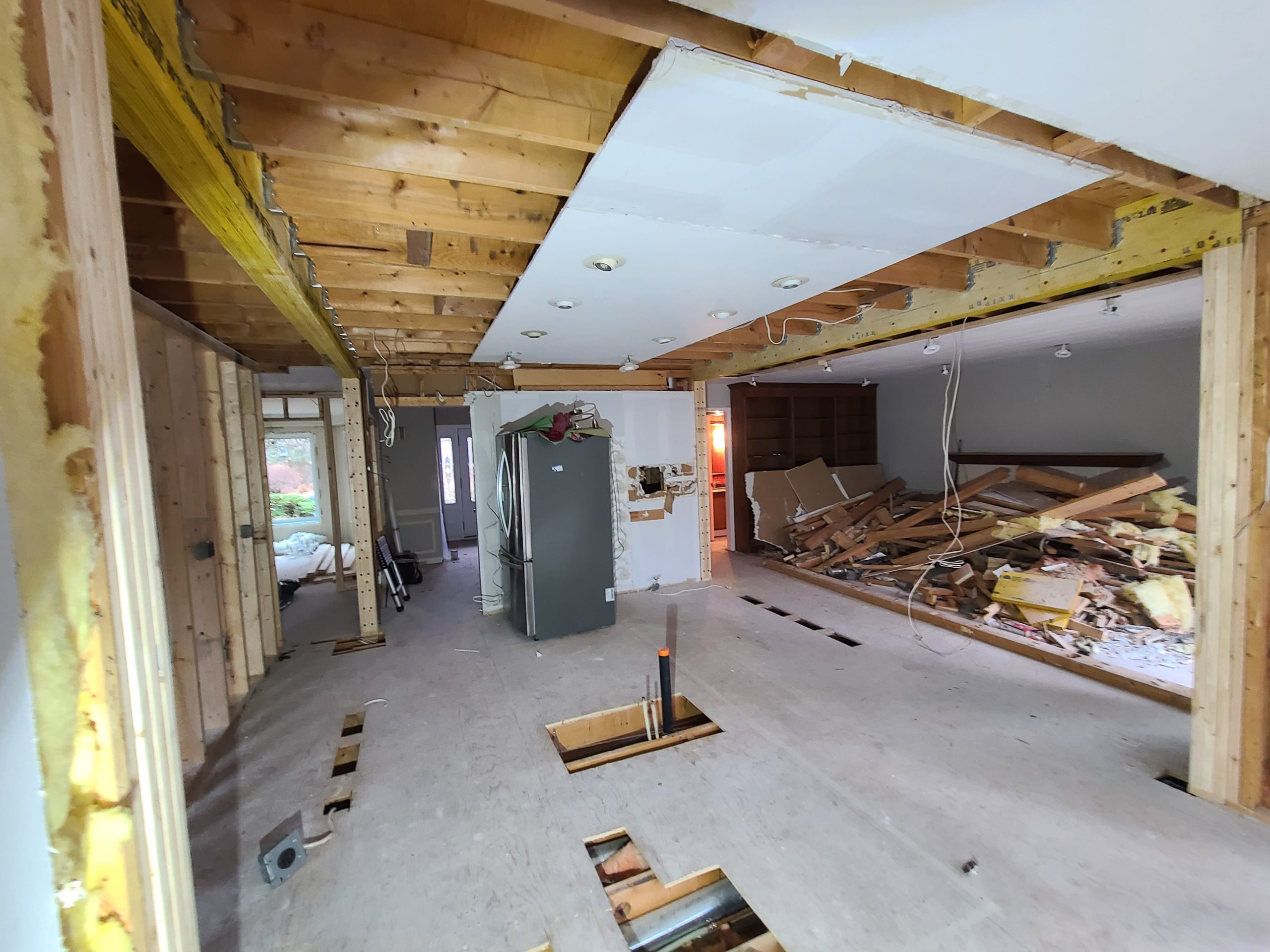

Almost anything is possible in home renovation if you have the space and a dedicated engineering team. Obstacles to load-bearing wall removal typically stem from project cost and practicality concerns.
We work with you to determine potential project costs and feasibility. We are always upfront in our engineering assessments to ensure you make informed and sustainable decisions.
Removing load-bearing walls is challenging without the right team to assist with planning and approval. Kingswood Engineers Ltd. offers a comprehensive design and engineering service for homeowners and renovation professionals in the Greater Toronto Area. Make removing a load-bearing wall stress-free and have confidence knowing the design and structure will last. Book your consultation today and enjoy dedicated support for your home renovation engineering needs.
Find answers to common questions about structural engineering and architectural design at Kingswood Engineers. Whether you’re planning renovations, additions, or structural modifications, our FAQs provide expert guidance to help you navigate your project with confidence.
The cost of engineering design for a wall removal depends on several key factors such as length of opening, what is located above the proposed beam, access in the basement, etc. The fees start from:
1. Site Visits from $300+hst
2. Engineering Design for removal of load-bearing walls from $900+hst
3. Architectural Drawings for building permit from $1100+hst
For most renovation projects that require structural alternations, a building permit is required. We can provide a complete package to clients, or only work on the engineering design component, depending on your needs.
The age of a home has a significant impact on the engineering required when removing a wall. A visual inspection of the framing is always the first step
1. We come on site to discuss the details of the project and take the required measurements
2. When removing a load bearing wall, it is also critical to identify how the new loads will be transferred to the foundations.
3. We also identify the sections of the home that the current wall is supporting
4. Finally, we assess the framing in the attic to see if the wall is carrying roof loads. Snow can have a significant impact on the size of beam and foundations required
5. We would then input all the load data for your property into our software and calculate the required beam size and assess the need for additional posts/foundations in the basement to transfer the new loads down through the basement.
6. If foundation work is required, we would engineer the type and size on foundations as well
7. This information is then summarized in a stamped engineering letter.
The most important step to take is to hire a contractor with experience. For structural work on your home, you want piece of mind. Some of the main steps in the process are summarized below.
There are three main steps to the process
Every home is different. It can be difficult to know without removing some drywall. A few go-to ways to know if a wall is load-bearing are listed below.
There are several options available when removing a load bearing wall. For typical wall removals, the most common beam options are engineered wood products such as LVLs (Layered Veneer Laminate) and Steel I-Beams.
Overlapping Setup – Beam is placed directly underneath the existing ceiling joists. This is the simplest and most common approach but does take 10-14 inches of headroom.
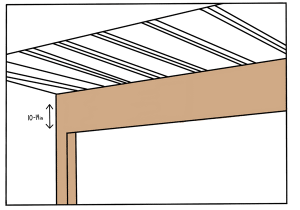
In-line or Flush Setup – The ceiling joists are cut back, and the beam is inserted in between the existing joists. The joists are then attached to the beam via steel hangers and nails or screws. This option allows for an extra 6-8 inches of headroom.

Blind Beam Setup – If there is only an attic space above the proposed wall to be removed, there is an option to install the new beam entirely within the attic and use steel bracket to hold the ceiling joists. This is the cleanest option and allows for all the work to be complete prior to the removal of the existing wall below. It also results in a flush beam design.
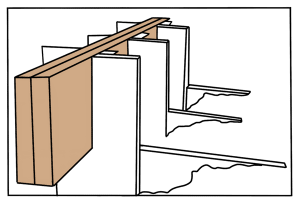
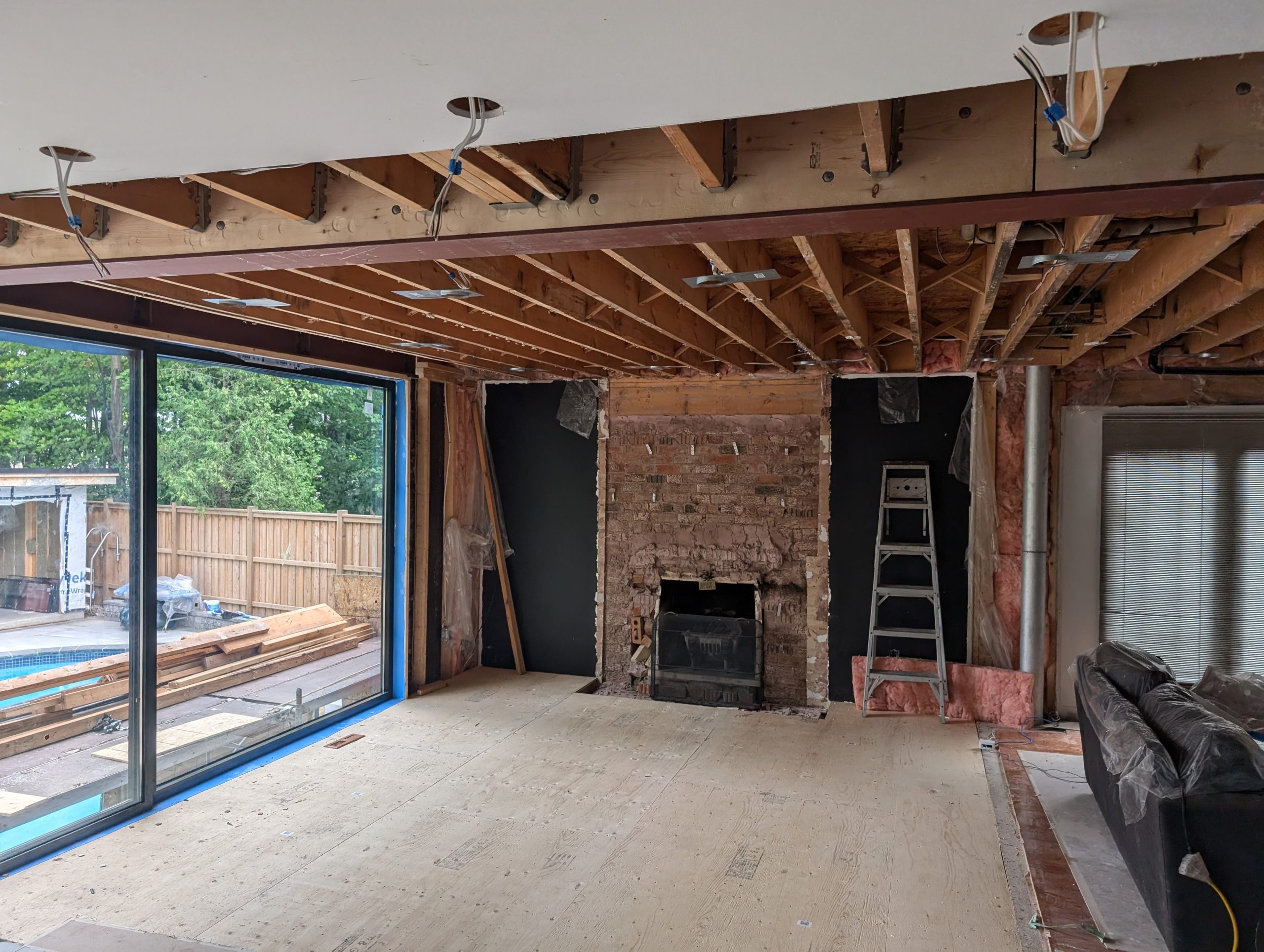
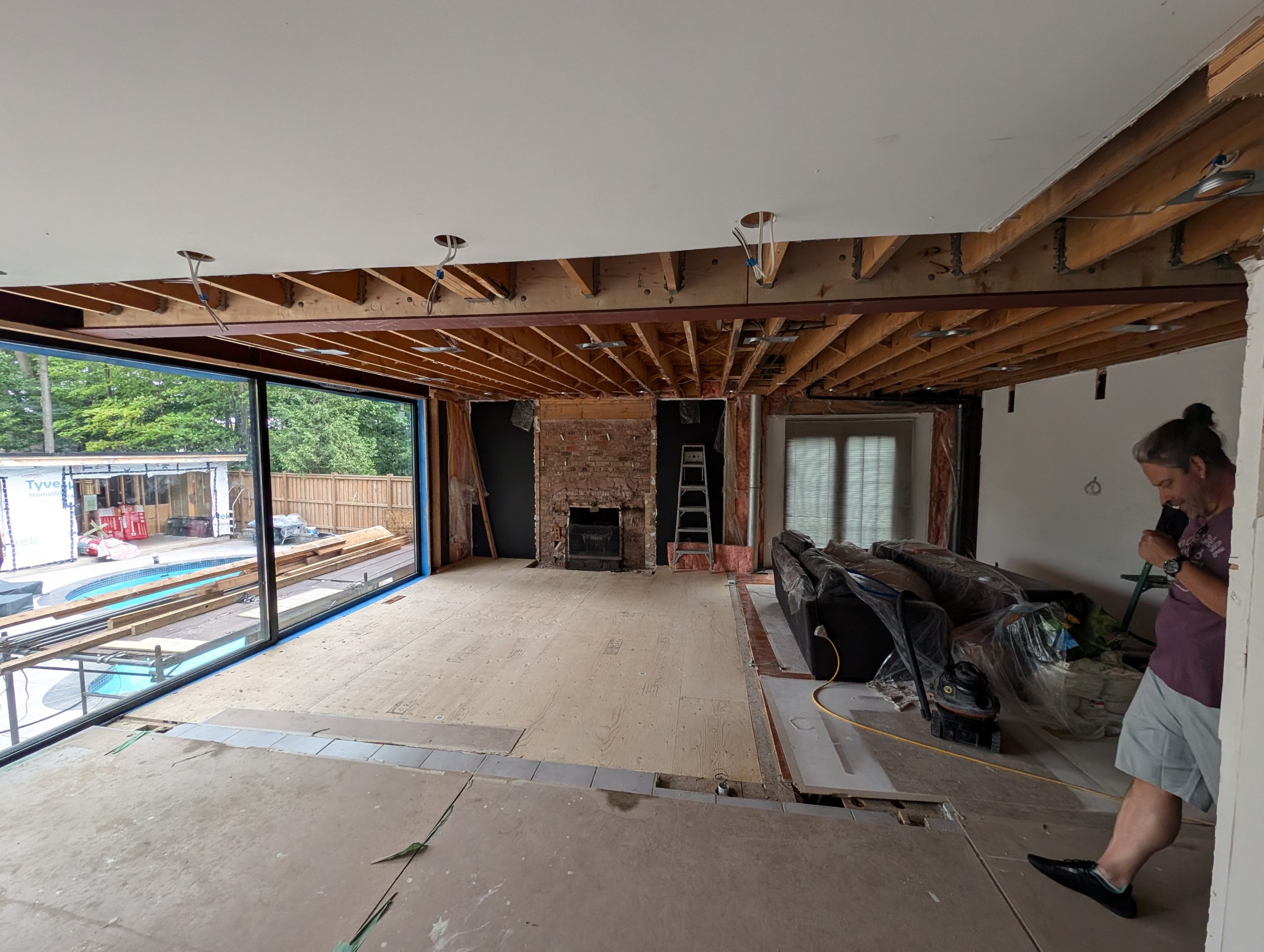
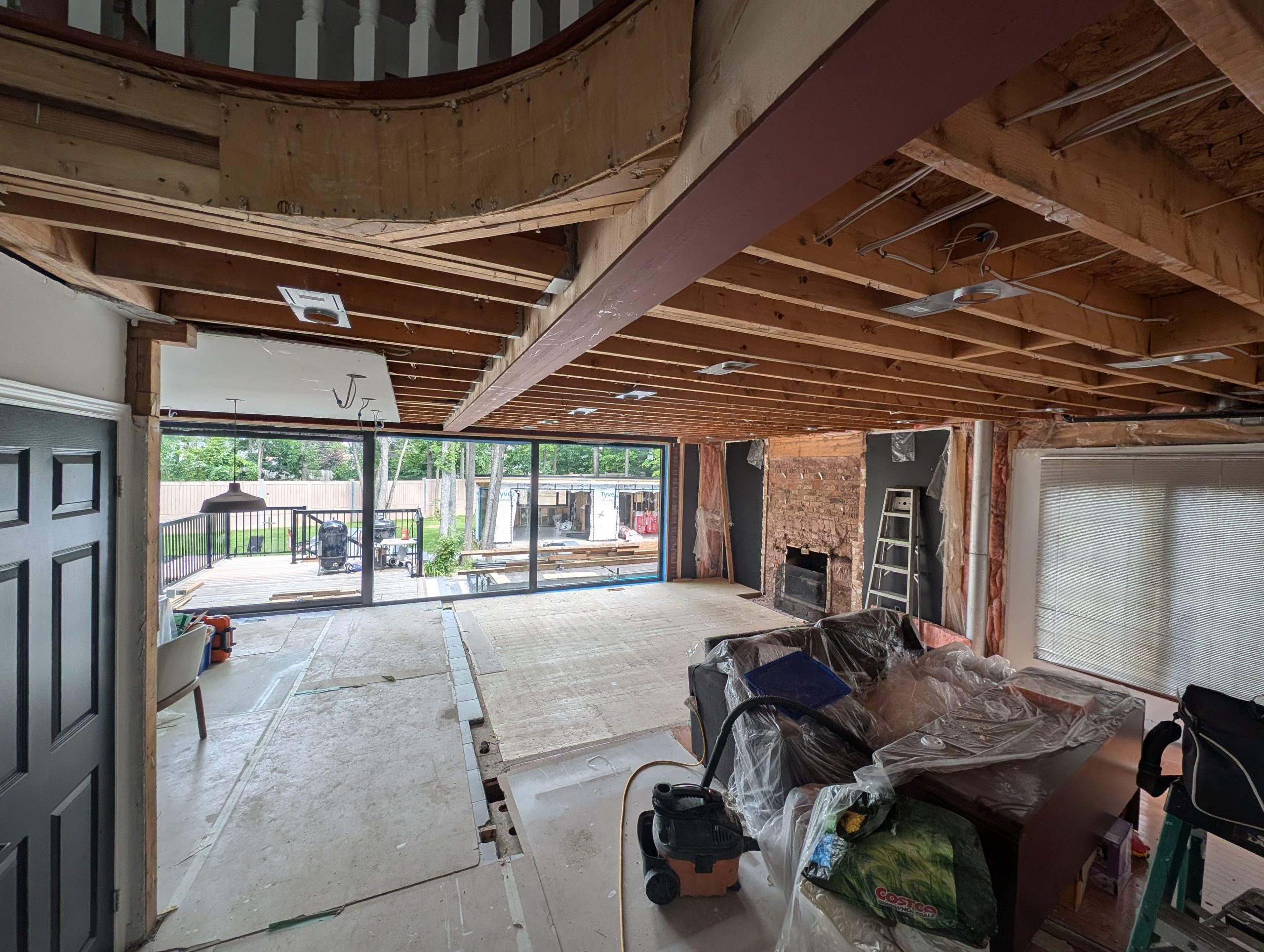
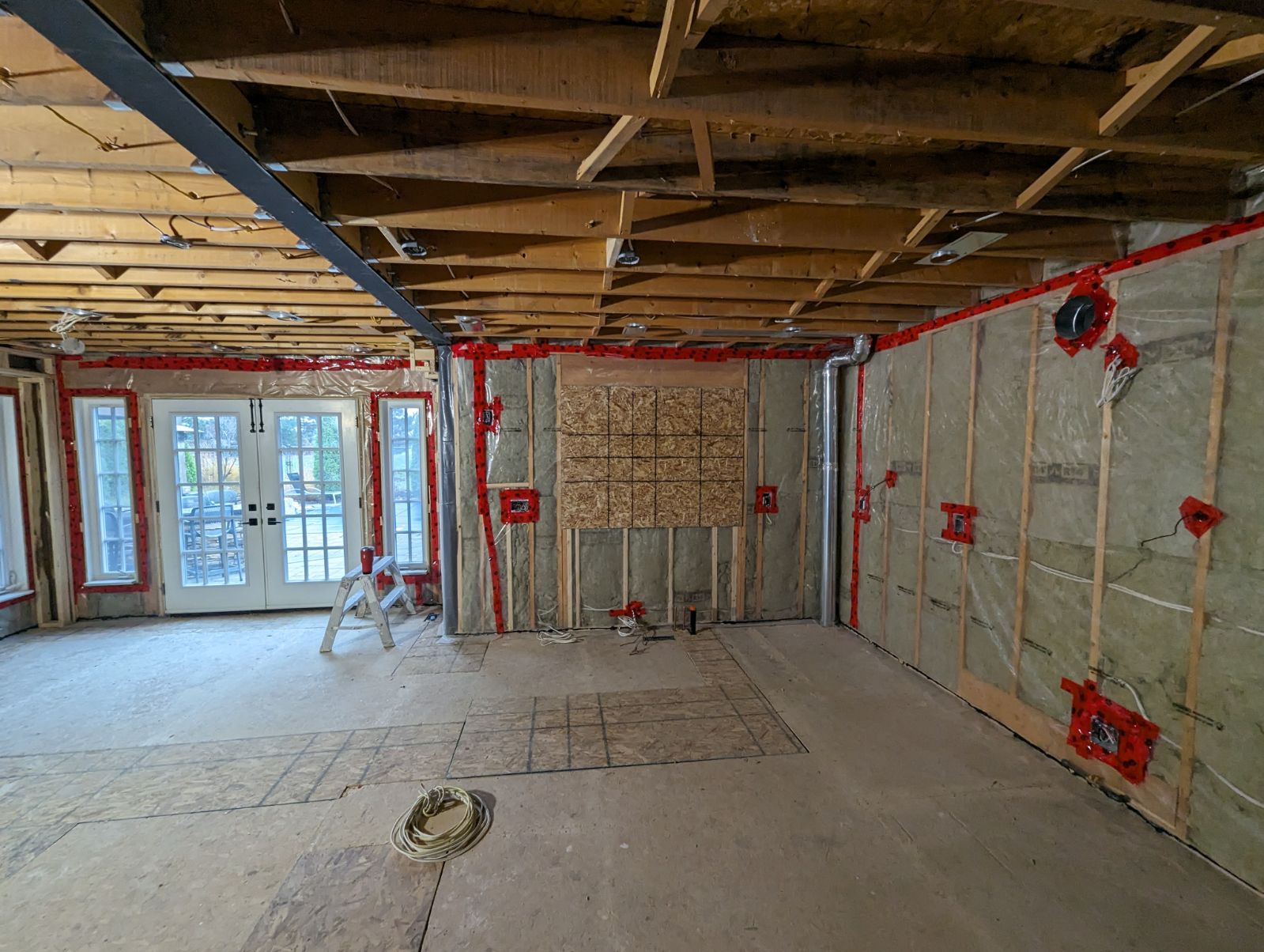

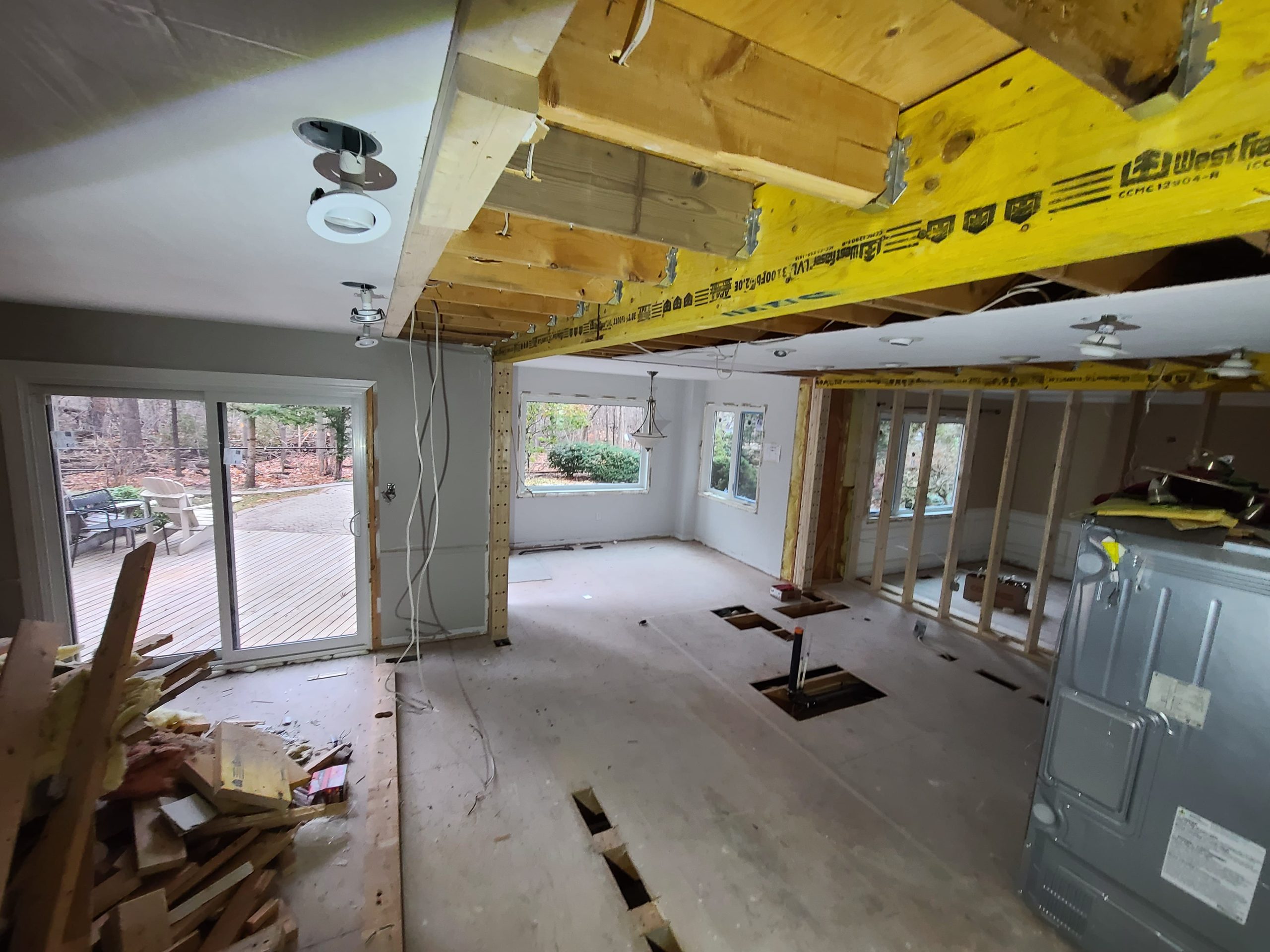
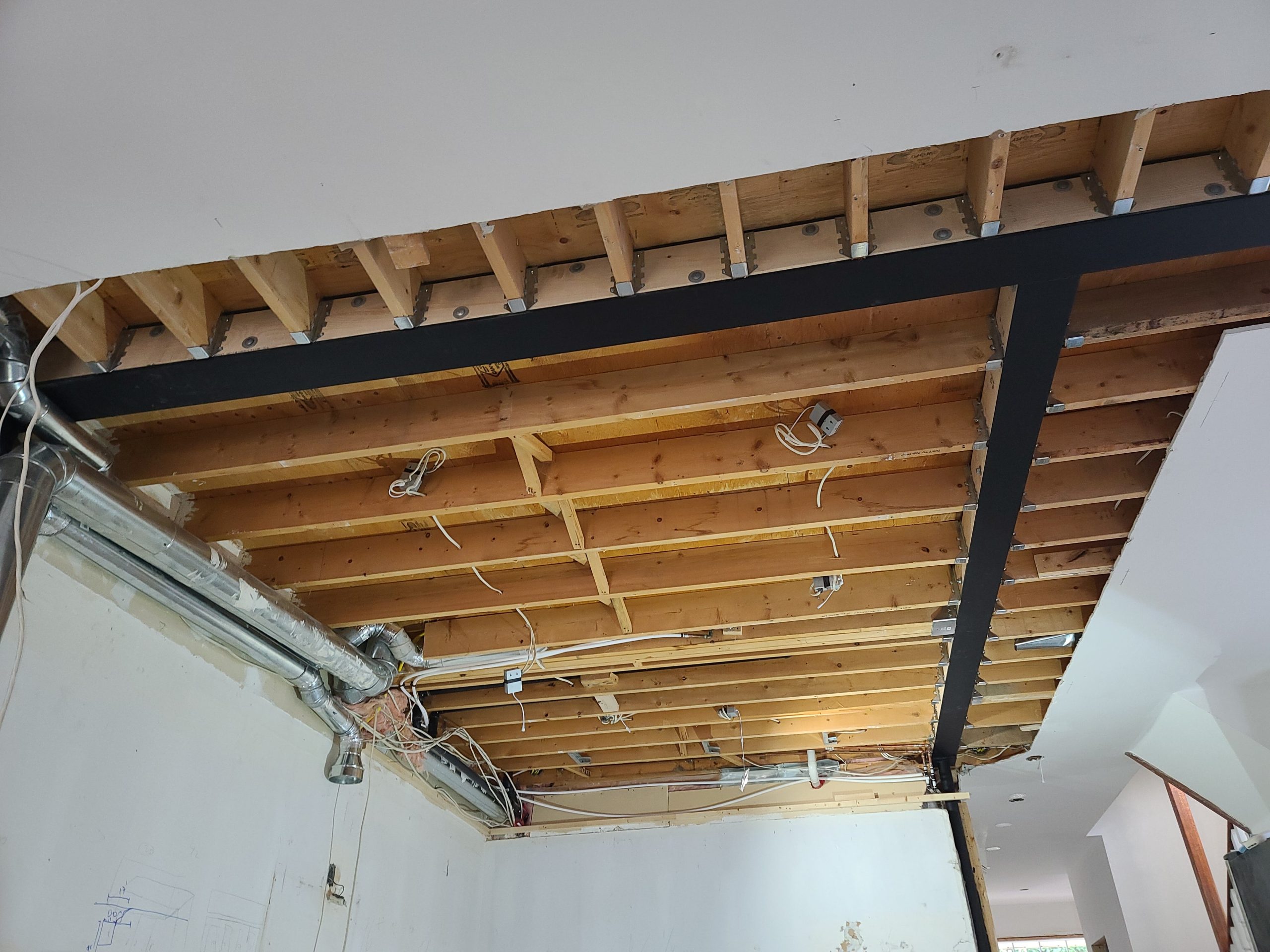
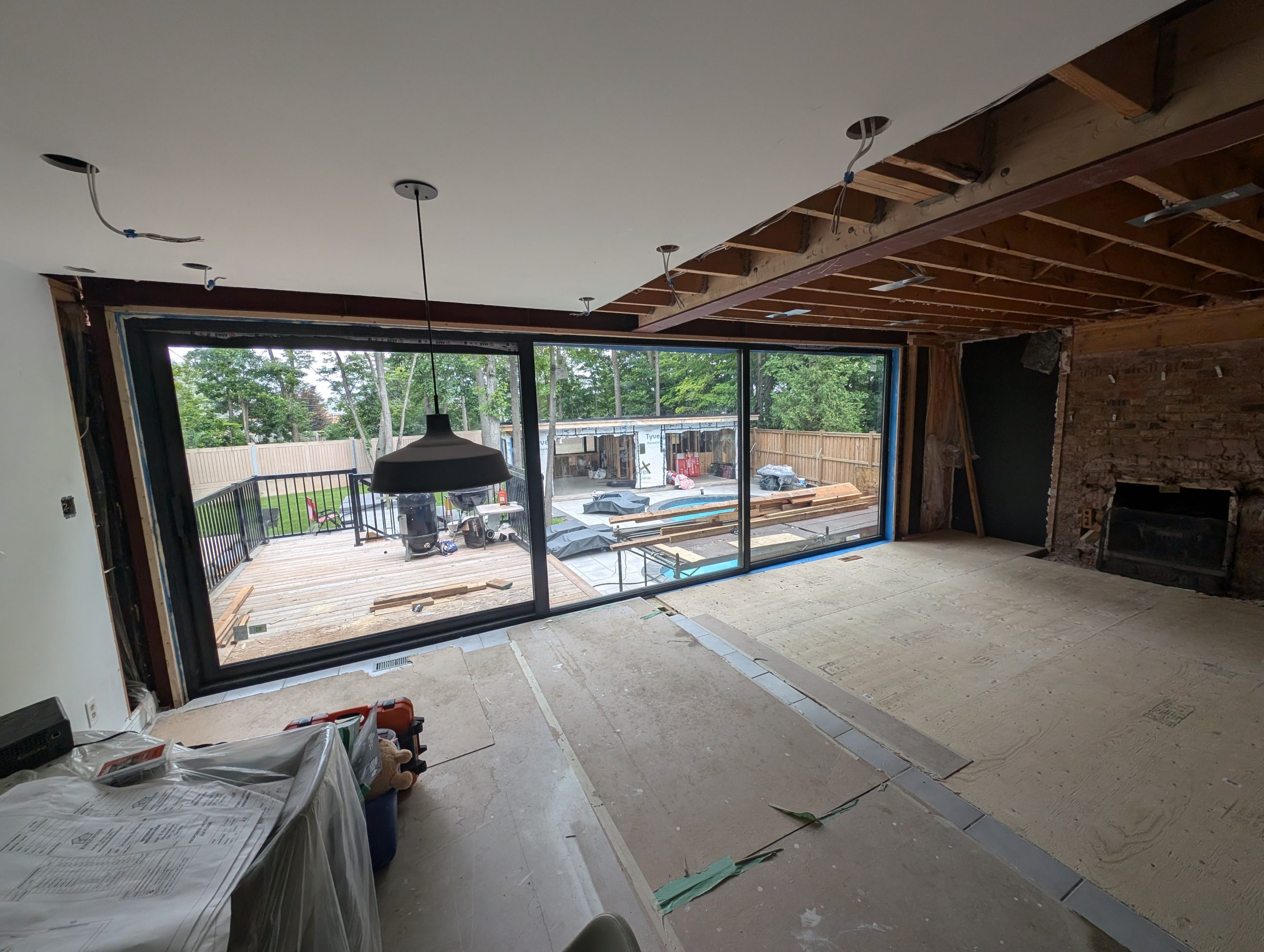

We Are Always Here For You - Don’t Hesitate To Reach Out!
Load-bearing walls support the weight of a structure to ensure safety and durability. Modifying a home by removing load-bearing walls is an effective way to add space and modify the floor plan. When done right, it can add lasting value to a home.
Homeowners, developers, and contractors can trust our structural engineering service for plans and permit approval to remove a load-bearing wall in Oakville and nearby areas like Burlington and Mississauga. Our meticulous approach ensures safety and durability without compromising the project vision.
We’re ready to begin your consultation today.